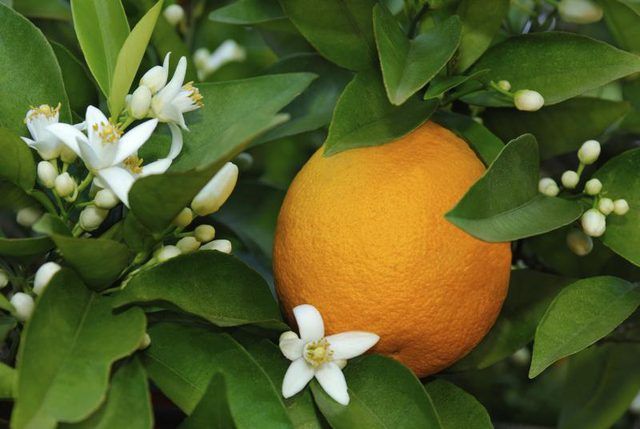Bulbs
Flower Basics
Flower Beds & Specialty Gardens
Flower Garden
Garden Furniture
Garden Gnomes
Garden Seeds
Garden Sheds
Garden Statues
Garden Tools & Supplies
Gardening Basics
Green & Organic
Groundcovers & Vines
Growing Annuals
Growing Basil
Growing Beans
Growing Berries
Growing Blueberries
Growing Cactus
Growing Corn
Growing Cotton
Growing Edibles
Growing Flowers
Growing Garlic
Growing Grapes
Growing Grass
Growing Herbs
Growing Jasmine
Growing Mint
Growing Mushrooms
Orchids
Growing Peanuts
Growing Perennials
Growing Plants
Growing Rosemary
Growing Roses
Growing Strawberries
Growing Sunflowers
Growing Thyme
Growing Tomatoes
Growing Tulips
Growing Vegetables
Herb Basics
Herb Garden
Indoor Growing
Landscaping Basics
Landscaping Patios
Landscaping Plants
Landscaping Shrubs
Landscaping Trees
Landscaping Walks & Pathways
Lawn Basics
Lawn Maintenance
Lawn Mowers
Lawn Ornaments
Lawn Planting
Lawn Tools
Outdoor Growing
Overall Landscape Planning
Pests, Weeds & Problems
Plant Basics
Rock Garden
Rose Garden
Shrubs
Soil
Specialty Gardens
Trees
Vegetable Garden
Yard Maintenance
How to Grow Orange Trees
How to Grow Orange Trees. Because sweet oranges _(Citrus sinensis)_ are grown for their tasty fruit, you want to make sure you're giving them the care they need to produce top-quality oranges. When you grow [orange trees](http://www.ehow.com/how_6153387_identify-orange-trees.html) in a suitable location and care for them properly, you'll...

Because sweet oranges (Citrus sinensis) are grown for their tasty fruit, you want to make sure you're giving them the care they need to produce top-quality oranges. When you grow orange trees in a suitable location and care for them properly, you'll enhance the flavor of the fruit and keep the tree healthy so you can enjoy the sweet oranges for many years.
Growing Conditions
Oranges need full-sun locations for the best fruit, and thrive in subtropical climates. They are hardy in U.S. Department of Agriculture plant hardiness zones 9 through 11.
The best soils for orange trees drain well but still hold moisture. Deep, loamy soil with a pH range of 6.0 to 7.0 is ideal. If the soil is sandy or clay, adding a plant-based compost will improve its texture and help stabilize the pH. Spread a 4-inch layer of compost over the area where you will be planting the orange trees, then work it into the soil to a depth of 12 inches.
Planting Oranges
In zone 9, where trees are more likely to be stressed by chilly weather, plant oranges on the south or southeast side of a building to provide protection. Plant orange trees at least 12 feet away from buildings, driveways and other structures to give them room to mature. If you're planting multiple trees, space them 15 feet apart.
Dig a hole wider than the root ball, but no deeper. Build a small cone of soil in the bottom of the hole, then tease the roots out gently and spread them over the cone when you plant. Fill in around the root ball with the same soil you dug out of the hole, breaking up any large chunks.
Caring for Oranges
After planting, water orange trees thoroughly. The best way to keep the root ball moist is to build a ring of soil around the tree after you plant it. This ring should be 2 feet across, and about 3 inches wide and high. Fill this ring each time you water the tree. Water every few days for the first few weeks to keep the soil from drying out, then over the next few months gradually decrease to watering once a week.
By the time the water ring disappears into the surrounding soil, the orange tree is considered established. After this, you'll only need to water every two weeks if there's no rain. Water slowly to minimize run-off, and supply enough water to soak the soil deeply.
Fertilizing Citrus
Most plants do well with a fertilizer that contains three basic nutrients: nitrogen, phosphorous and potassium. Like other citrus trees, oranges need trace elements in addition to these three nutrients in order to thrive. These include iron, zinc, magnesium, manganese and copper.
Apply slow-release citrus fertilizers at different rates depending on the size of the tree. A fertilizer with an N-P-K ratio of 13-7-13, for example, is applied at a rate of 3/4 pound spread out over three applications if the tree is 2 to 3 feet tall. For a tree that is 6 to 8 feet tall, apply the same fertilizer at a rate of 2 1/2 pounds spread out over two applications. Be sure to follow label directions.